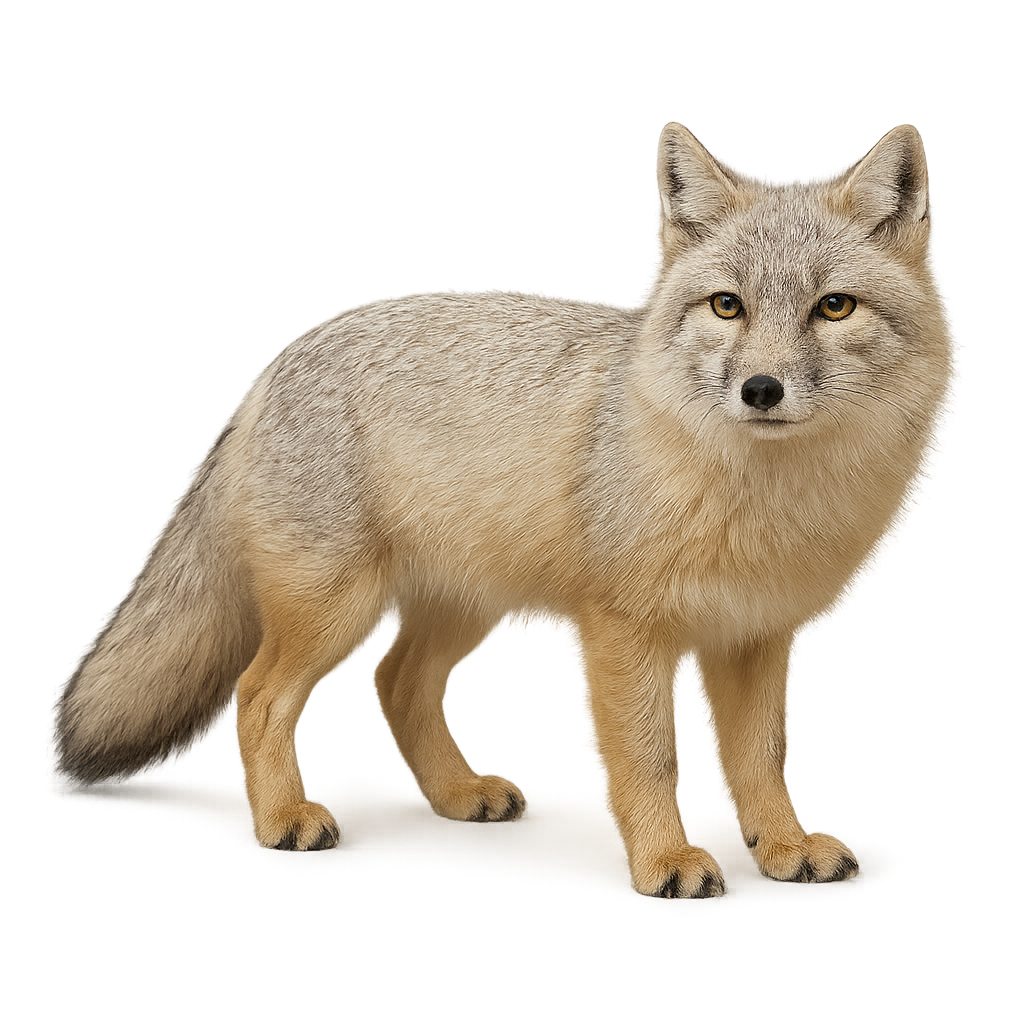Your wildlife photography guide.
Explore the corsac fox in detail, study its behavior, prepare your shots.
Where to observe and photograph the corsac fox in the wild
Learn where and when to spot the corsac fox in the wild, how to identify the species based on distinctive features, and what natural environments it inhabits. The WildlifePhotographer app offers tailored photography tips that reflect the corsac fox’s behavior, helping you capture better wildlife images. Explore the full species profile for key information including description, habitat, active periods, and approach techniques.
Corsac fox
Scientific name: Vulpes corsac

IUCN Status: Least Concern
Family: CANIDAE
Group: Mammals
Sensitivity to human approach: Very shy
Minimum approach distance: 50 m
Rut period: January to March
Gestation: 50-60 jours
Births: March to May
Habitat:
Steppes and semi-deserts of Central Asia
Activity period :
Mainly active at night, generally discreet during the day.
Identification and description:
The corsac fox is a small canid 40–50 cm in body length, with dense grey-fawn winter fur and paler summer coat. It inhabits steppes and semi-deserts of Central Asia, feeding on small mammals, insects and wild fruits. During the breeding season, pairs dig or reuse a den to raise 4–8 kits.
Recommended lens:
400 mm – adjust based on distance, desired framing (portrait or habitat), and approach conditions.
Photography tips:
Position yourself discreetly at the edge of the steppe near a den, remain still and wait for it to emerge at dawn. Shoot with a fast shutter speed to freeze its stealthy movements and a shallow depth of field to isolate its coat against the flat landscape.
The WildlifePhotographer App is coming soon!
Be the first to explore the best nature spots, track rutting seasons, log your observations, and observe more wildlife.
Already 1 439 wildlife lovers subscribed worldwide

